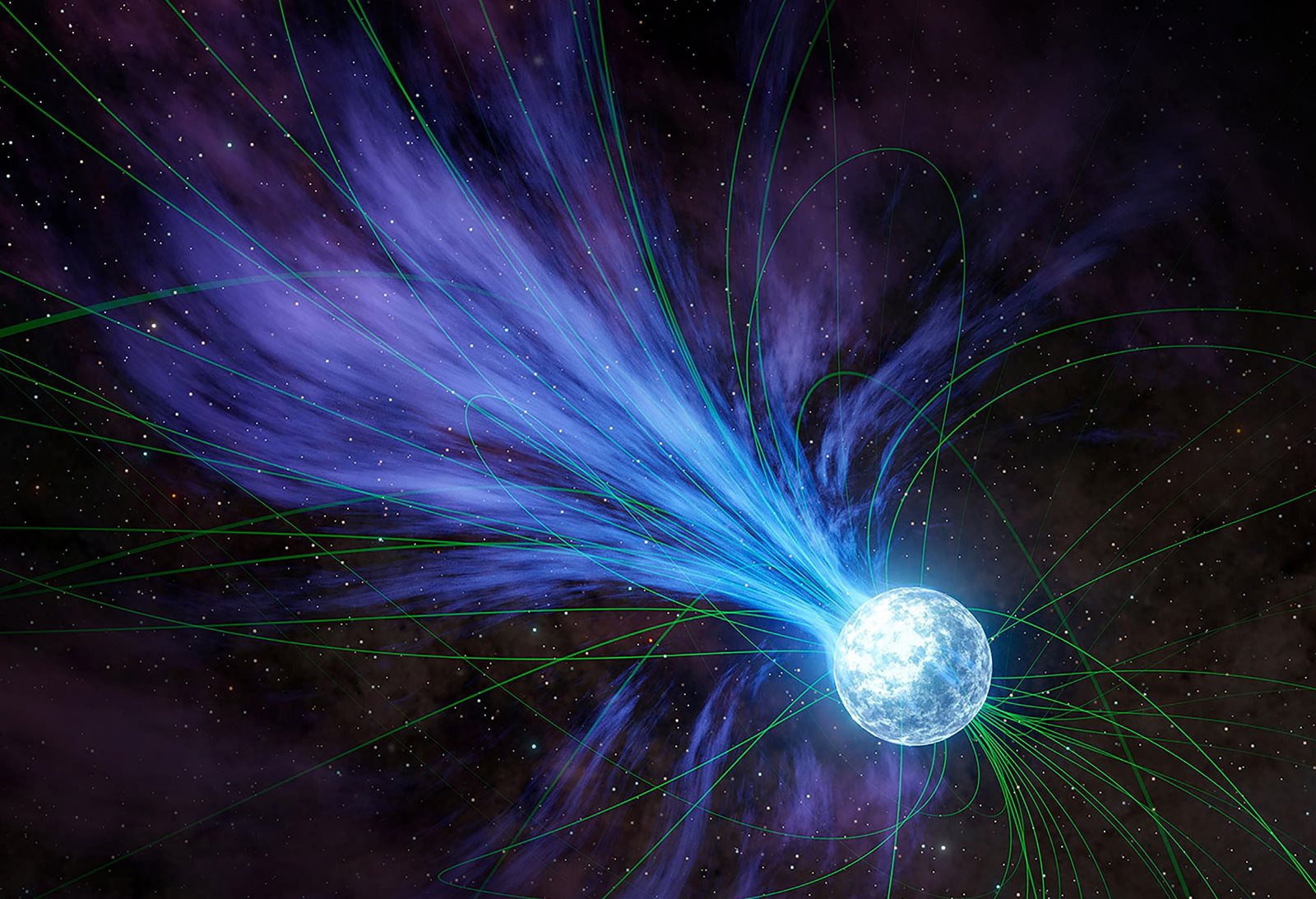
The Canadian Hydrogen Intensity Mapping Experiment (CHIME) during construction
© NASA/JPL-Caltech; CHIME
Fast radio bursts (FRBs) are intense, short-lived blasts of radio waves hailing from beyond the Milky Way that can emit the same amount of energy in just thousandths of a second that the Sun takes three days to emit. However, despite their power and the fact that around 10,000 FRBs could erupt in the sky over Earth every day, these blasts of radio waves remain mysterious. One of the biggest puzzles surrounding FRBs is why most flash once and then disappear, while a tiny minority repeat the flash. This has led scientists on a quest to discover the mechanisms that launch FRBs. Some even believe different celestial objects can produce both repeating and non-repeating FRBs.
Scientists from the University of Toronto used the Canadian Hydrogen Intensity Mapping Experiment (CHIME) to focus on the properties of polarised light associated with 128 non-repeating FRBs. This revealed the one-off FRBs seem to originate in faraway galaxies that are much like our own Milky Way, as opposed to the extreme environments that launch their repeating cousins. The results could bring scientists closer to cracking the lingering celestial puzzle of FRBs. The key difference about this research is it really drilled down on the investigation of polarised light. Polarised light is made up of waves that are orientated in the same way – vertically, horizontally or at an angle between those two directions. Changes in polarisation could explain the mechanism that launched the FRB and thus reveal what its source was. Polarisation can also reveal details about what environments the FRB needed to traverse before reaching our detectors on Earth. This study represented the first large-scale look at the non-repeating 97 per cent of FRBs in polarised light.